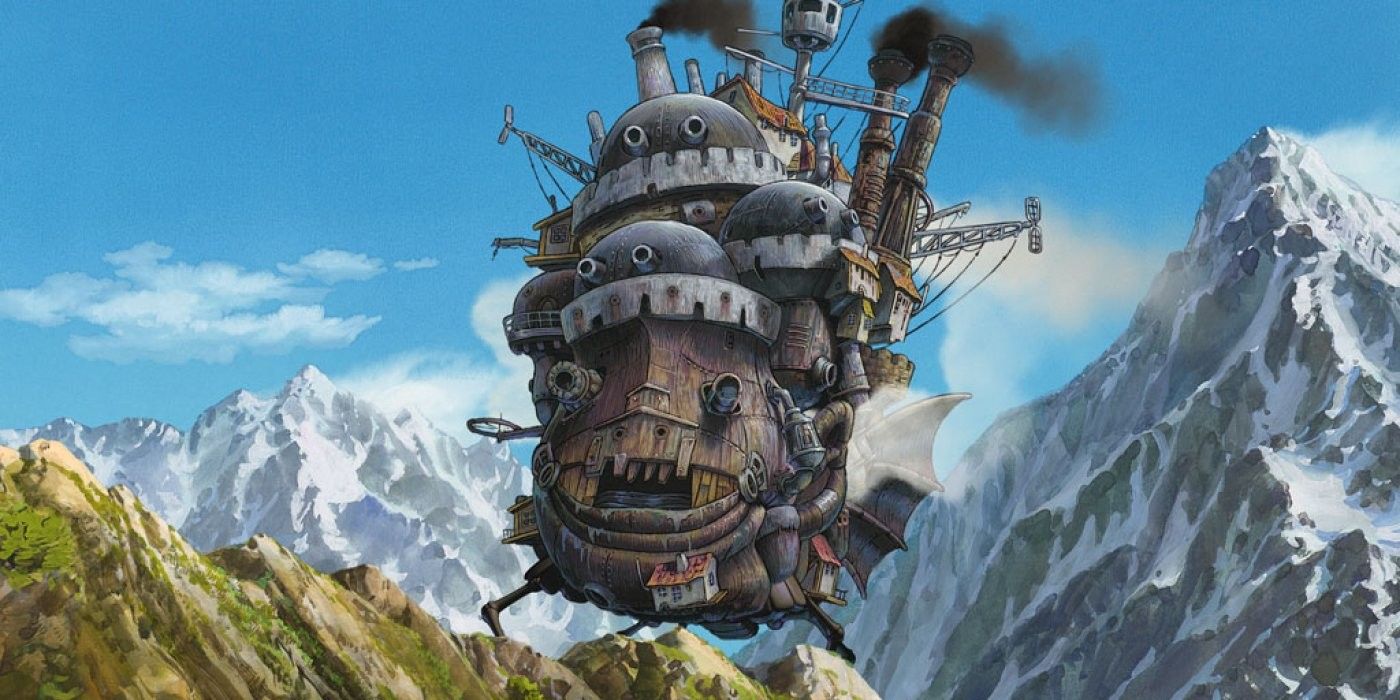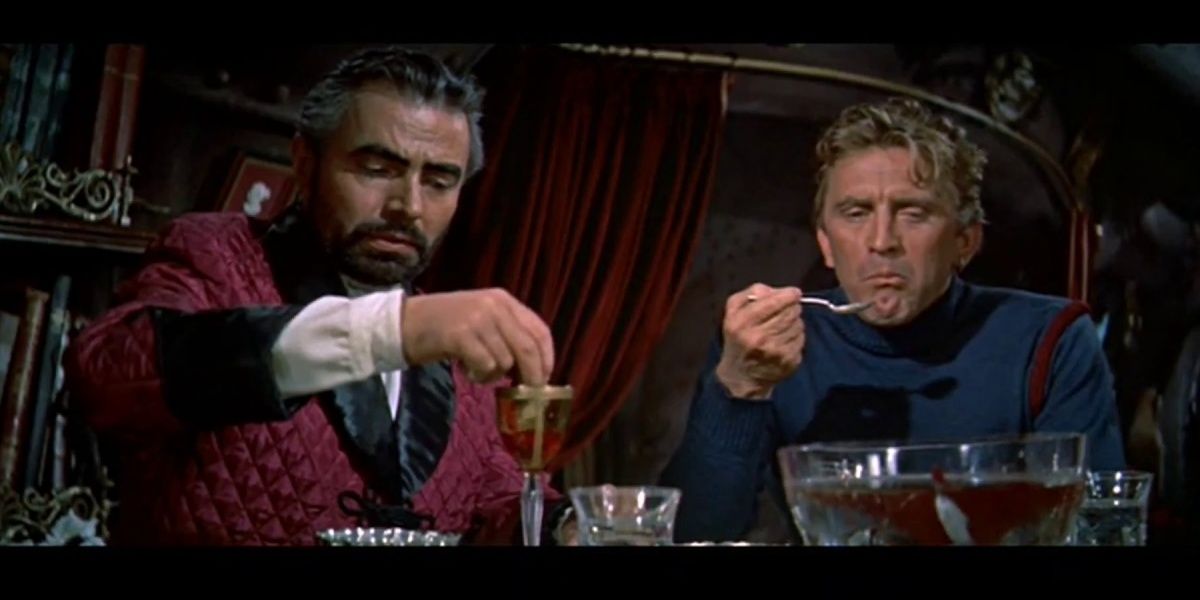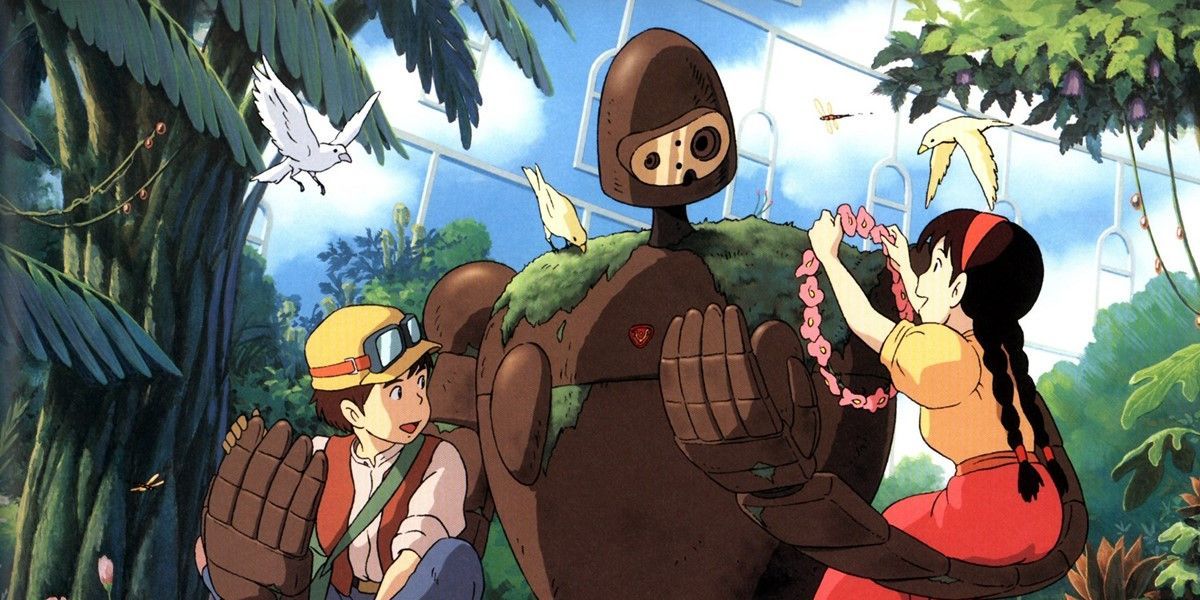Steampunk is best known as a cosplay option for the most devoted Comic-Con attendees, but this science fiction subgenre pops up all over modern media. The history and modern incarnations of the specific aesthetic is an interesting story of sci-fi imagination and gradual iteration of an idea.Though there is some debate, the central tenet of steampunk tends to revolve around an alternate history in which electricity and internal combustion never grew to prominence, and the steam engine reigns supreme. More common today, however, the stories take place in a fantasy realm with steam-inspired technology and design, with an aesthetic inspired by late Victorian England. The hallmarks of the genre generally include anachronistic technology, retro-futurism, and social commentary.
The History of Steampunk
Steampunk typically refers specifically to the technology of a work's universe, but the term has been expanded to any media or design that features the aesthetic. The term originated in the late 1980s, but countless works of fiction earn the name long before its coining. It rose up as a term in the same era as its counterpart and opposite, cyberpunk. The first to coin the term was K. W. Jeter, who sought a proper umbrella term for his work along with the works of James Blaylock and Tim Powers. The term "gonzo-historical" was thrown around before then, but, with an optional added hyphen, Jeter is the one who gave the category its name. These foundational works were built upon the older foundation of H.G. Wells, Mary Shelley, and Jules Verne. There are countless texts that are now steampunk bibles that came out decades before the term came to be used, but a lack of internal consistency is one of the most important hallmarks of steampunk.
Genre-Defining Steampunk Works
Though steampunk began on the page, many of its most formative moments came from the screen. Walt Disney and Richard Fleischer's 1954 film adaptation of Jules Verne's 1870 novel 20,000 Leagues Under the Sea is believed to be the basis for many steampunk design aesthetics. Though Captain Nemo's submarine is actually powered by a nuclear reactor, the Victorian-era look blended with futuristic-looking tech inspired countless creators in the genre. It's that retro-futuristic design choice that makes people enjoy the steampunk look. Six years later, George Pal's 1960 adaptation of H. G. Wells' 1895 novel The Time Machine furthered the trend through its groundbreaking depiction of the eponymous device. Many of the building blocks that make up steampunk, even in the modern day, comes from the work of creative visionaries interpreting classic works with a modern perspective, adapting the idea of the future that people had in the past.
One of the biggest figures in the steampunk subgenre comes from an unlikely source, the 1965 CBS series The Wild Wild West. Producer Michael Garrison, one of the first Hollywood professionals to acquire, then swiftly sell the rights to James Bond, wanted to revive the ailing western genre. The spy genre, in which he'd just owned and given away the biggest name, was eating cowboy content alive, and Garrison had an idea to save it. He pitched his big idea as "James Bond on horseback," and delivered four seasons of Wild Wild West. Inspired by the aforementioned films and novels, the series told the tale of James West and Artemus Gordon, Secret Service agents in post-Civil War America. The series' take on the period featured Victorian-era fashion, mixed with Jules Vern-esque bronzed technology. This remains one of the seminal works of steampunk. The 1999 remake, though distinctly less well-remembered, heightened the tech elements to show off the era's shiny new effects and is still used as a solid visual example today.
Steampunk has always been a phenomenon that spans the entire world; no one country can lay claim to its influence. Japan has a distinct fascination with the subgenre, often creating some of the best-loved standouts of the genre. Father of manga Osamu Tezuka crafted his iconic sci-fi trilogy in the late 40s and early 50s, putting out Lost World, Metropolis, and Nextworld, each of which featured heavy steampunk elements. Of course, the big name in Japanese steampunk is Hayao Miyazaki, the beloved co-founder of Studio Ghibli and artist behind many of the best-loved animations of the century. His fascination with the genre began with 1982's Nausicaa of the Valley of the Wind. 1986's Castle in the Sky is his steampunk opus, full of sky pirates and steam-powered airships. Almost 20 years later, Howl's Moving Castle would feature another of the greatest steampunk designs of all time in its eponymous structure. If there's a modern image of steampunk in a fan's head, it was probably brought to life by Hayao Miyazaki.
Steampunk is more than a collection of fashion trends and tech ideas, it's a rich tradition of alternate history. The steampunk depiction of the present or the future dares to ask deep questions about humanity's relationship to technology and power. Over decades of creative imagination, there's still something people love about a future powered by good old-fashioned heat and water.



